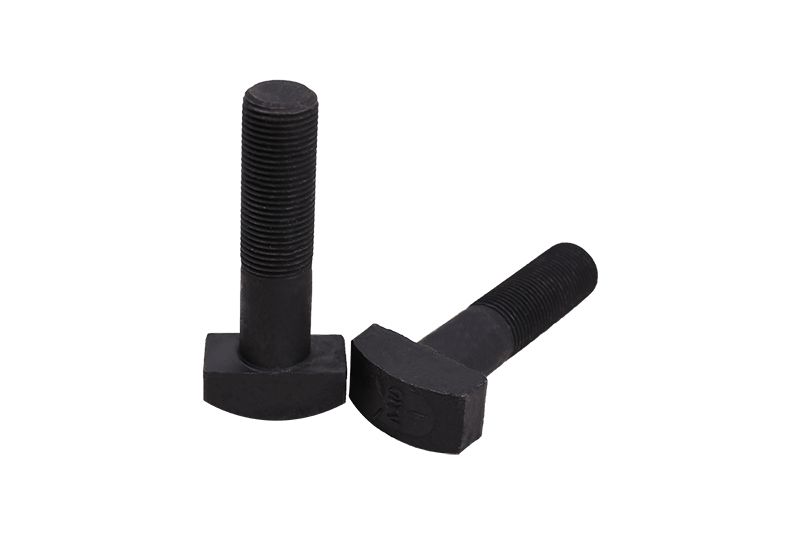The metric M6 hex nut/bolts are made of 6mm hex steel h […]
The metric M6 hex nut/bolts are made of 6mm hex steel hex nut/washer. This ensures the bolt remains tight and the washer stays snug on the hex nut. The hex nut has an internal threaded seal to the hex body. Threaded hex nut and bolts are used in many common applications.
The design is similar to the standard M6 bolts with a hexagon and threads on both sides. The threads allow the washers to glide over the hex nut and provide a solid hold. hex nuts and bolts are used extensively in the automotive and construction industry. They are often used for securing different components to each other because they have a large hex surface to prevent leakage from occurring.

Many people use hex-head screws and hex-head bolts interchangeably. hex head screws are sometimes referred to as flat head screws. They fit into and accept very small diameter and tapered holes. hex-head bolts are sometimes called "low torque hex heads".
hex-head and flat-head bolts have similar characteristics. They are usually classified according to their threading. Threaded bolts have threads that are hexagonal, flat-headed, or smooth. The difference is the threading on hex-head bolts has a channel thread at one edge and a hexagon thread on the flat-head type.
The thread pitch of the threads on these types of screws is also different. The threads on hexagonal screws are very thin and are not nearly as thick as the threads on the flat-head type. This results in a higher thread pitch. Thread pitch refers to how closely the threads are seated together.
A properly sized and installed m6 bolt can prevent corrosion and abrasion from damaging the threads. To start, place the bolt on a flat surface. Using an appropriate measuring tape, measure the distance between the first thread and the last thread on the insert. Then measure the distance between the first thread and the screw. This will aid you in determining the right size to install.
Bolt installation instructions specify the thread pitch for a given bolt. For example, the second bolt in the set required a 19-inch thread pitch. Instructions specify that the next set should have a thread pitch of two inches and the last set should have a thread pitch of six inches. These numbers allow for different sizes and thread pitches between them.
Before beginning installation, remove all hardware including the retaining clips. Take care not to apply excessive force to the threads as you may bend or break them. Place the selected nuts on their corresponding holes on the threaded inserts. The nuts will engage with the threads on the inserts and provide the seal needed. Now attach the retaining clips to prevent them from loosening.
After the screws are seated on the hex head screws, attach the front side of the bolt to its corresponding side of the plate. Using the same screwdriver, screw the other side of the bolt to the plate. You may need to rotate the plate to ensure proper positioning of the screw. For this reason, it is necessary to make sure the plate is positioned properly before screwing it down.
To mount a m6 stainless bolt, first locate the hex heads. Look for the flat side of the head. This side is the flat surface on which the bolt will bite. Then, slide the plate towards the screw and hold it against the wood. Tighten the screw. Do not over-tighten because it may damage the plate.
If you have a m 6 x 15mm bolt, then you do not have to install a plate separately. The plates are already pre-installed when you purchased them. However, if you have a different size and thickness of the bolt, you will have to buy a plate for it. There are many options available in the market. You can even purchase a 6 x 20mm and a 6 x 25mm bolts online.
Another option is to buy a plate that has a pre-drilled hole for inserting a m 6 x 30mm or m 6 x 35mm bolt. You must make sure that the hole is drilled on the correct surface of the bolt before installing it. This is to prevent the chances of damaging your fixture if the bolt slips through the hole. A hole must be drilled twice - once in the center and once on each side. You can use an electric drill or a tap if you prefer.